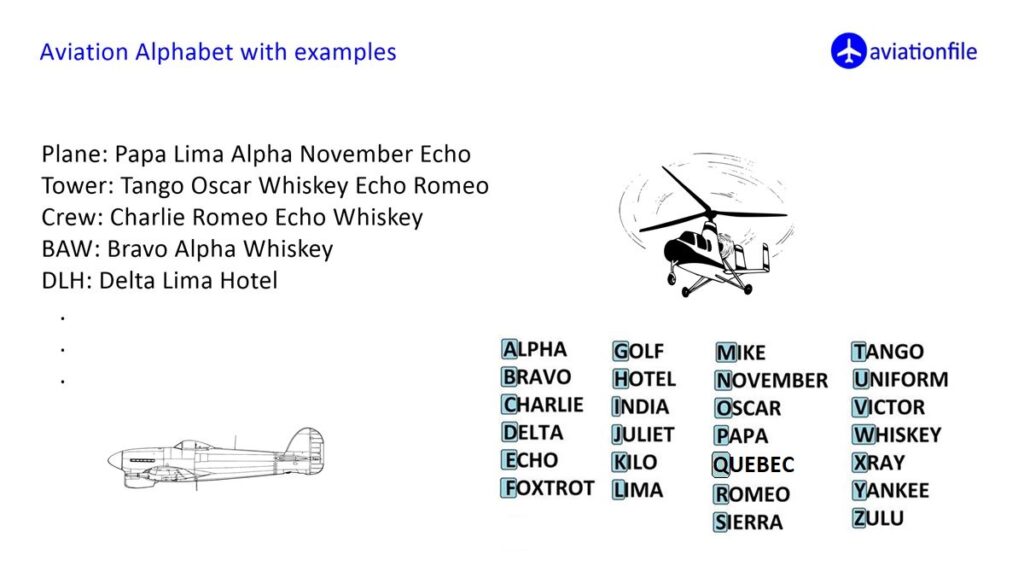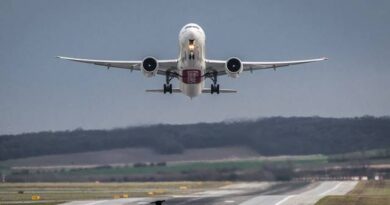The Importance of Global Standards in Aviation: Ensuring Safety and Efficiency
In today’s interconnected world, aviation plays a vital role in connecting people and facilitating global trade. As air travel continues to grow, it becomes increasingly crucial to establish and adhere to global standards in aviation. These standards ensure safety, efficiency, and harmonized operations across the industry. In this article, we will explore the significance of global standards in aviation and how they contribute to a safer and more streamlined air travel experience.
Enhanced Safety Measures:
Aviation standards establish stringent safety protocols that are universally adopted, irrespective of geographical boundaries. These standards encompass various aspects, including aircraft design, maintenance procedures, pilot training, air traffic control, and emergency response protocols. By adhering to global standards, aviation stakeholders prioritize safety, significantly reducing the risk of accidents and incidents. Passengers can have peace of mind knowing that their safety is a top priority wherever they travel. – Reference: [1]
Streamlined Operations:
Global standards in aviation promote consistency and compatibility in operations. They provide a common framework for aircraft manufacturers, airlines, and air traffic control authorities to follow. For instance, standardized communication protocols between pilots and air traffic controllers enable seamless coordination, reducing the potential for miscommunication and errors. This streamlining of operations translates into increased efficiency, shorter travel times, and cost savings for airlines, ultimately benefiting passengers. – Reference: [2]

International Cooperation and Collaboration:
Aviation is a global industry, requiring cooperation and collaboration among nations. Global standards provide a platform for international dialogue and consensus-building. Organizations such as the International Civil Aviation Organization (ICAO) and regional regulatory bodies work towards developing and implementing these standards. Through open discussions and shared expertise, countries can align their regulations, procedures, and infrastructure, fostering a harmonized global aviation system. – Reference: [3]
Facilitating Interoperability:
In an interconnected world, airlines operate across multiple countries and continents. Global standards ensure interoperability, allowing airlines to seamlessly navigate through different airspace and adhere to consistent regulations. Pilots can rely on standardized navigation aids, communication systems, and safety protocols, regardless of their location. This interoperability facilitates efficient routing, reduces delays, and enables smoother air traffic management worldwide. – Reference: [4]
Passenger Confidence and Trust:
Passengers place a high premium on safety and quality when choosing an airline. Global aviation standards contribute to building passenger confidence and trust in the industry. When passengers see that international organizations and regulatory bodies actively work towards maintaining high standards, they feel more secure in their travel choices. The global standards also provide a basis for benchmarking and assessing the performance of airlines, promoting healthy competition and accountability. – Reference: [5]
Conclusion:
Global standards in aviation serve as a crucial foundation for ensuring safety, efficiency, and reliability in air travel. They bring together nations, organizations, and industry stakeholders to establish common practices and guidelines. By adhering to these standards, the aviation industry can continue to evolve and adapt to the ever-changing needs of passengers and technological advancements. As air travel expands, maintaining and improving global standards will remain a key priority to ensure a safe, seamless, and enjoyable aviation experience worldwide.
References:
[1] International Civil Aviation Organization (ICAO) – https://www.icao.int/
[2] Eurocontrol – https://www.eurocontrol.int/
[3] Federal Aviation Administration (FAA) – https://www.faa.gov/
[4] Flight Safety Foundation – https://flightsafety.org/
[5] Air Transport Action Group (ATAG) – https://www.atag.org/



